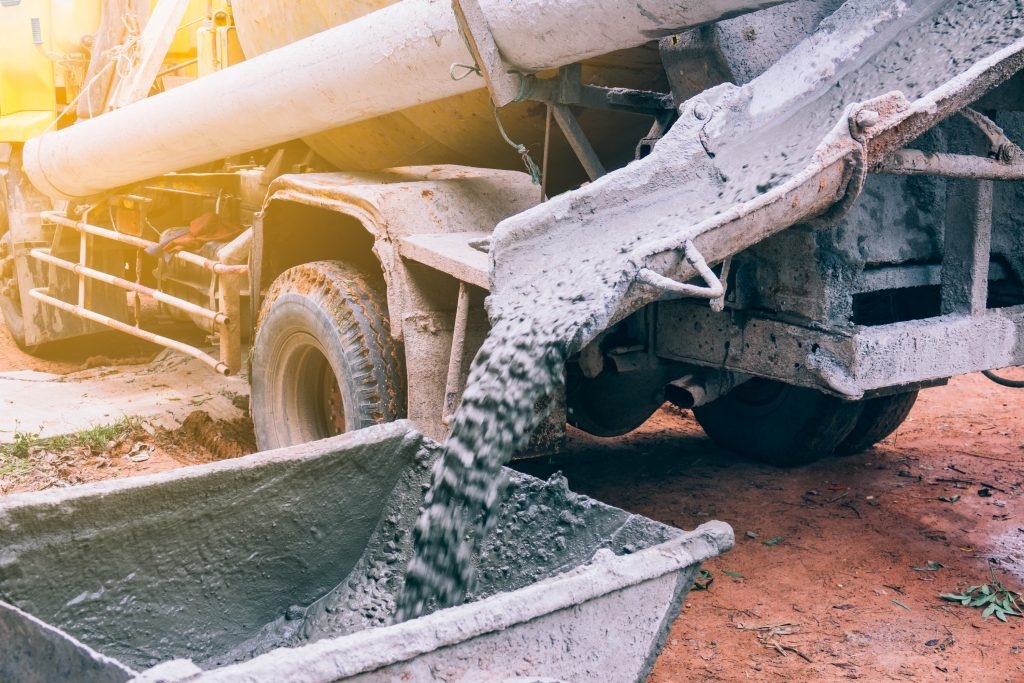India–US Trade Tensions Rise Over Steel and Auto Tariffs NMDC Limited reports a 38% drop in Q4 FY24 consolidated net profit RINL to Raise $23 Million Through Land Sales Amid Crisis

According to a Crisil Market Intelligence and Analytics analysis, the Indian cement sector is set to grow significantly over the next five years, adding 150-160 million tonnes per annum (MTPA) capacity. This expansion, which combines both organic and inorganic strategies, aims to take market share in a very competitive and fragmented business while satisfying the anticipated spike in demand from the housing and infrastructure sectors.
The sector has added 119 MTPA of capacity over the last five fiscal years, bringing its total capacity to 595 MTPA. The research states that 70–75 MT of this additional capacity will be put into service in the next fiscal year, primarily serving the eastern and central areas of India. Notably, major participants are expected to contribute 50-55% of this planned capacity expansion.
The report also highlights a marginal dip of about 1% in cement prices during April-December 2023, following four years of growth. Despite the significant capacity addition, the largest in over a decade, cement prices are projected to remain stable at Rs 390-395 per 50 kg bag, with utilization rates hovering between 70-75%.
Demand for cement is expected to grow by 10-12% this fiscal, spurred by government initiatives in affordable housing and pre-election infrastructure spending. However, in the next fiscal year, demand growth is forecasted to moderate to 4-6%, leading to a 1-3% price uptick, reaching around Rs 400-405 per 50 kg bag.
The report also outlines a 13-15% reduction in power and fuel costs for the current fiscal, attributed to softening crude oil and coal prices. Moreover, a slight decrease in freight expenditure is expected, benefiting from higher volume and reduced diesel prices.
The sector has seen significant consolidation due to increasing energy costs in the last two fiscals, leading to large players acquiring smaller ones struggling with high costs. The consolidation trend is expected to continue, with large players increasing their capacity share and further acquisitions anticipated in the current fiscal.
Also Read : Polish steel sector urges cut in electricity prices to €50/MWh PM Modi is all set to inaugurate 112 national highway projects worth ₹1 lakh cr across India